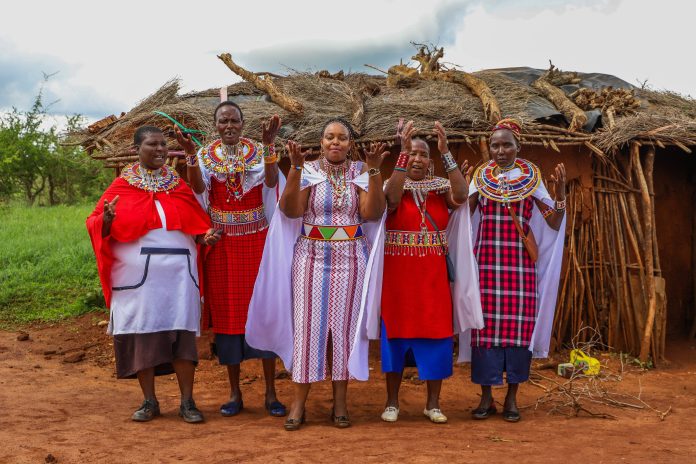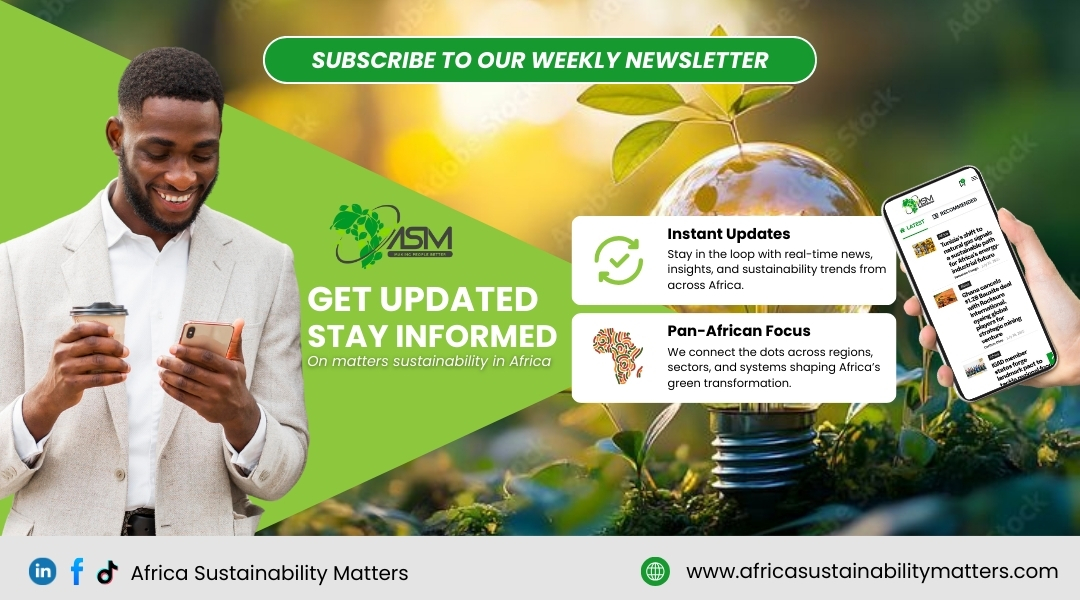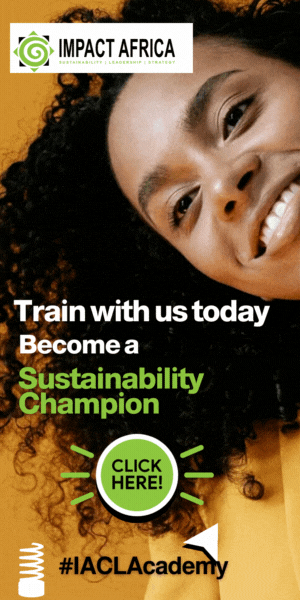The global climate agenda often orbits around colossal numbers: the $100 billion required annually to address the losses and damages incurred by climate change, or the $788.8 million recently pledged to the new Fund for Responding to Loss and Damage (FRLD). But while these figures mark necessary policy milestones, they often obscure the most critical, human-scale reality: the lives of the people who pay the price for planetary warming.
As negotiations progress at COP30, the Climate Justice Resilience Fund (CJRF) released a pivotal brief that shifts the focus from the billions to the communities, arguing that without direct, decentralized funding, the massive FRLD runs the risk of becoming a monumental engine of slow-moving bureaucracy.
Read also: FAO-UNDP report from COP30: National Adaptation Plans fail to match risk with funding
Loss and damage is not just about rebuilding roads or replacing destroyed assets; it is about addressing the irreversible, non-economic losses. This includes the salt-poisoning of ancestral farmland in the Bay of Bengal, the erosion of cultural heritage on Pacific islands, and the psychological trauma and displacement that accompany relentless drought in East Africa. These are the profound impacts that defy spreadsheet valuation.
Since 2021, the CJRF has channeled over $5.5 million through a portfolio of more than 65 community-led projects, demonstrating that climate justice is not a future goal but an immediate, achievable mandate. Their model is simple yet transformative: put the decision-making power, and the money, directly into the hands of the communities experiencing the loss.
In Narok County, Kenya, for instance, CJRF partners are not just funding drought relief; they are supporting Women in the Wild, a project that helps Maasai women and girls restore social cohesion and cultural identity alongside securing sustainable resource management. This dual approach fortifies the deep, social foundations that make further adaptation possible. When a culture is protected, resilience blossoms.
Similarly, on Rabi Island in Fiji, the Banaban Human Rights Defenders Network is battling the cultural erosion caused by displacement. Their work ensures that as the physical land is lost, the community’s spirit, traditions, and self-determination remain intact. This investment in the “social fabric” is what gives long-term, conventional adaptation projects a real foundation upon which to build.
The lessons gleaned from the CJRF’s grassroots work offer a powerful blueprint for future climate finance. The fundamental requirement is that funding must be holistic, recognizing that climate crisis impacts are never isolated. Therefore, interventions must span mental health, gender equity, livelihood diversity, and education simultaneously, as demonstrated by the Human Rights Advocacy and Research Foundation in Tamil Nadu, India, which works across these interconnected challenges.
Crucially, this type of approach strengthens resilience by stabilizing the ecosystem and social infrastructure, preparing the ground for more ambitious adaptation efforts to take root. Furthermore, because local communities possess the deepest knowledge of their own unique challenges, this finance must be context-driven, ensuring local residents are the most efficient and effective decision-makers. The result is funding that moves beyond temporary recovery to deliver durable gains, investing in the structures that support long-term renewal.
As the FRLD prepares to roll out its initial $250 million pilot fund at COP30, its centralized structure, currently lacking a mechanism for rapid, small-scale local grants, threatens to sideline the very people it was created to serve. This is where the CJRF’s experience becomes vital. Their evidence confirms that while the $100 billion gap must be filled, the true measure of success lies in how justly and directly that money reaches the front lines.
To truly honor the historic FRLD and the decades of struggle that led to its creation, governments and philanthropic partners must embrace the community-led model. It is the only way to transform climate finance from reactive relief into a catalyst for profound, lasting climate justice.
Follow us on LinkedIn for more expert analysis: Africa Sustainability Matters






